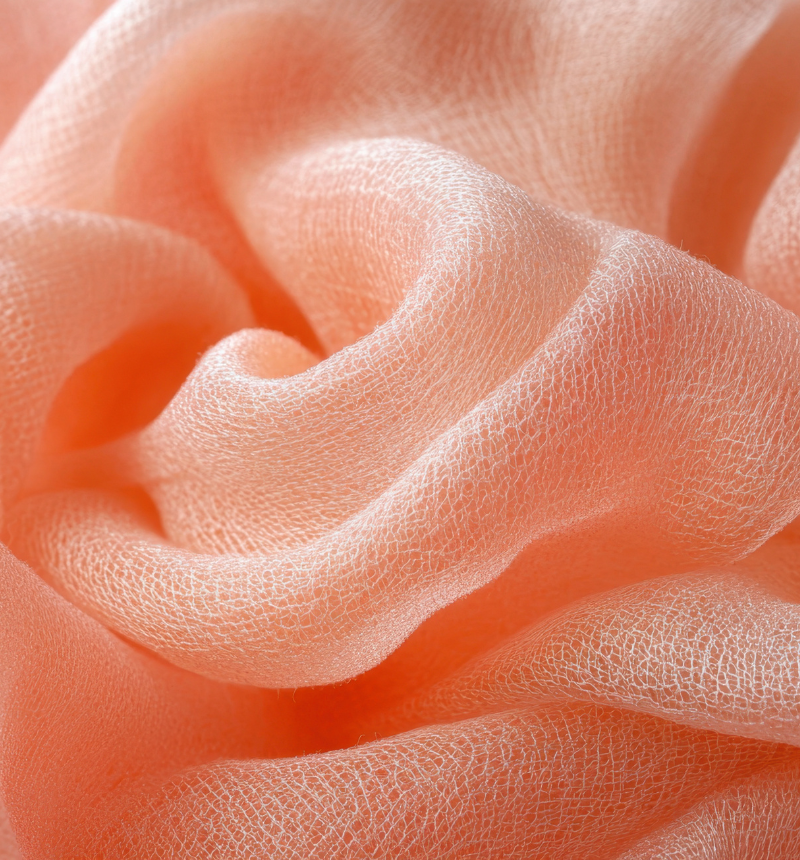
The modern textile sector recognizes modal as a sustainable alternative and one of its most exciting and versatile fashion choices. Given its capacity to meet contemporary buyer demands for sustainability, durability, and luxury, performance-modal fabric stands as a leading raw material option.
The dual benefits that modal provides to brands and consumers make it a fabric of the future that works for luxury apparel and general household items.
People seeking environmentally friendly fabrics should consider modal because this eco-friendly beechwood fabric goes beyond temporary popularity to offer lasting textile innovation.
Modal fabrics have emerged as a perfect solution as they are made to provide comfort and skin health, along with ethical material production, meeting all performance requirements. This guide includes all the information you need to know about why modal is worth your business consideration and how it can greatly maximize your future product line.
What Is Modal Fabric?
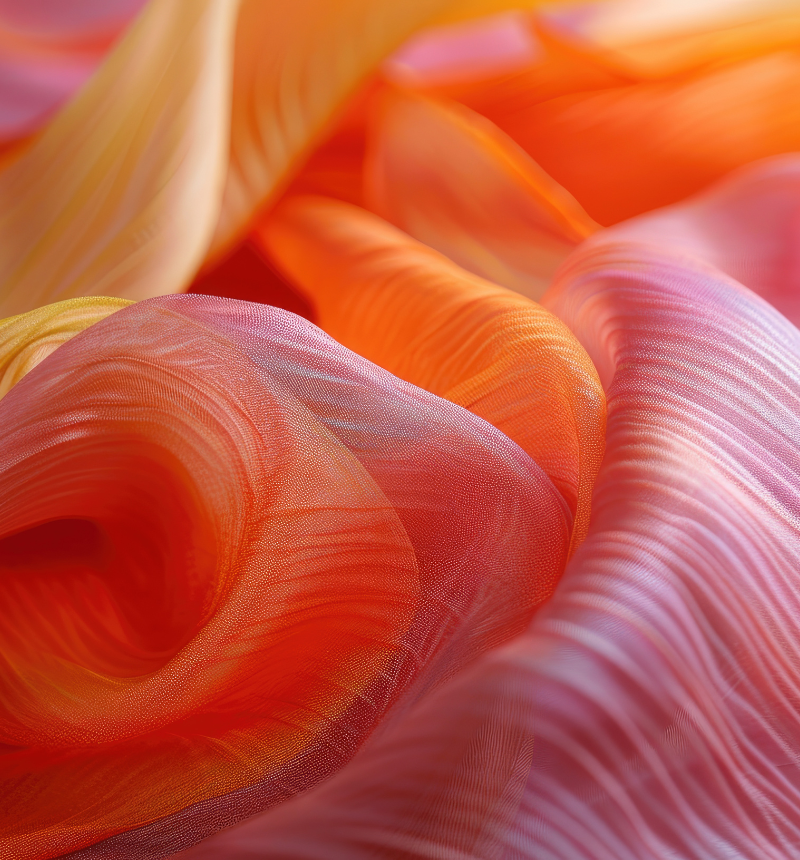
People who seek both comfortable and environmentally friendly textile options find modal to be a perfect solution because this fabric has a soft tactile sensation along with excellent breathability.
The fabric maintains a silk-like feel that creates elegant folds across the body surface while remaining moisture-absorbent during hang-out activities or daily outside adventures. The semi-synthetic fabric substance modal demonstrates durability that sets it apart from conventional textile materials, which either fade or change their original shape.
This artificial silk maintains firmness while acting tenderly as an elegant addition to your daily dressing. The fabric washes easily, admirably confronts wrinkles, and survives ongoing laundering cycles without damage. People who desire softness, high performance, and sustainability in their fabric choice will love modal since it consistently delivers each feature.
What Material Is Modal Made From?
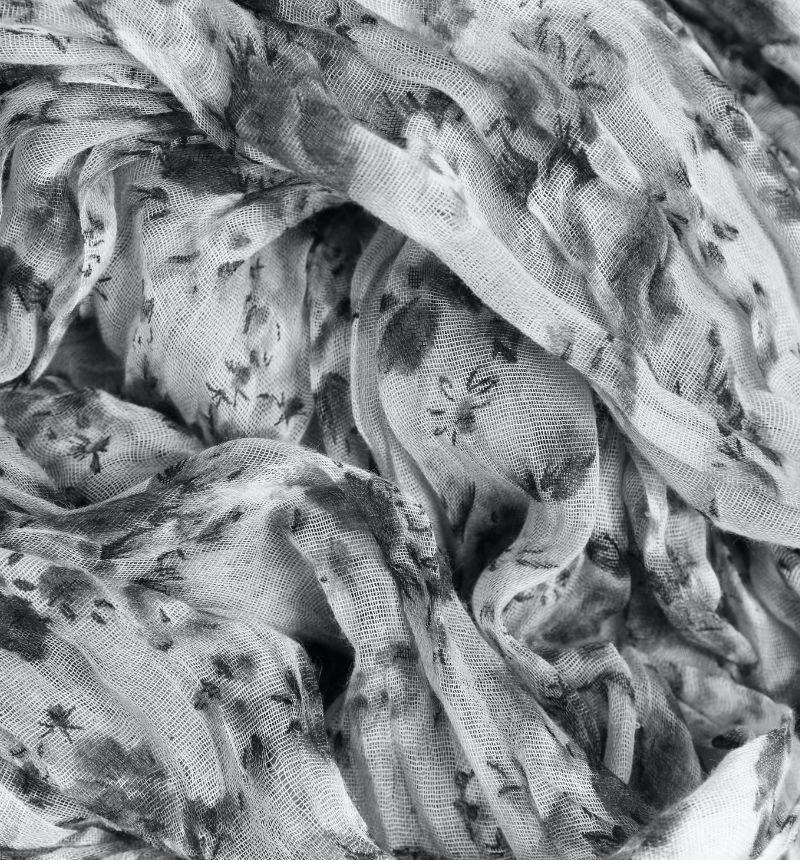
The manufacturing process of Modal begins with beech tree pulp sourced from sustainably managed forests, which counts sustainability as its foundation from the very beginning. Trees at these sites expand rapidly through natural processes since they do not need artificial irrigation or damaging chemicals. Rayon manufacturers can use modal with confidence as it provides environmentally friendly results.
The production process begins by converting timber into pulp before proceeding to a manufacturing sequence that creates fibers from it. Modal distinguishes itself with its sustainable manufacturing practices because many factories implement closed-loop solvent systems to recover wastewater and restore chemicals for new uses, hence minimizing the environmental footprint.
Modal vs. Other Fabrics: What Sets It Apart?
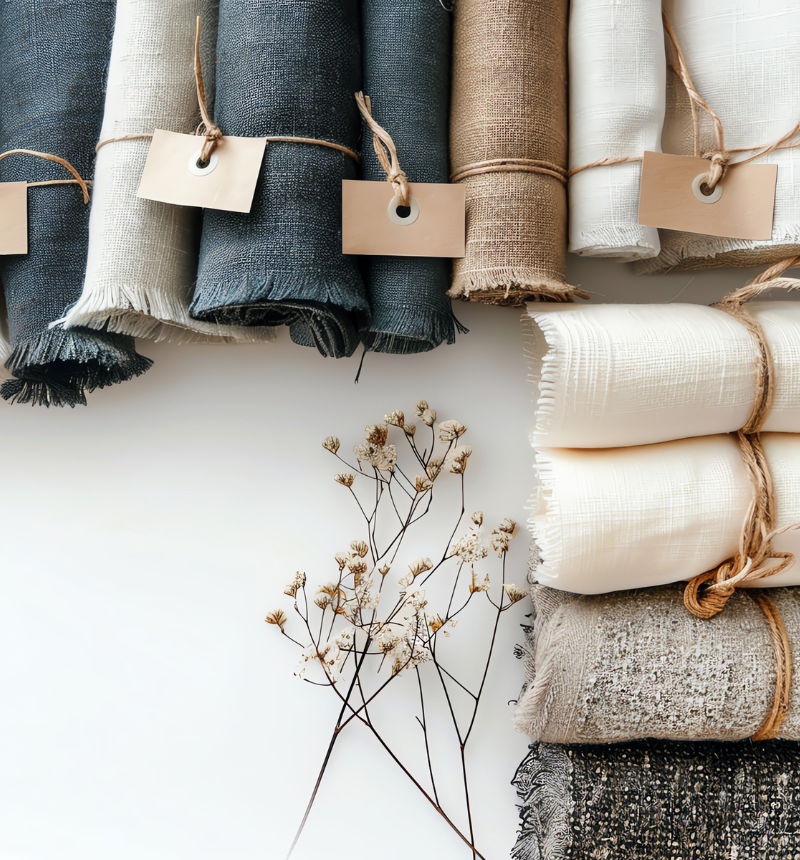
The widespread popularity of modal results from the way it outperforms traditional fabrics in quality, operational properties, maintenance requirements and environmental impact assessment.
Modal vs. Cotton
Cotton is well known for its breathability and is one of the materials most often used in the fiber, but these days, consumers want fabrics that will provide both comfort and sustainability.
However, modal has the same airy softness but has the added benefit of keeping the smooth texture for long. Modal is sourced from the beech tree, a native species that does not require irrigation or pesticides, so it’s widely known for its environmental advantage over cotton.
Modal vs. Polyester
While polyester is strong and affordable, it has its downsides; comfort and sustainability are two of them. As harsh as it may sound, vegetable oil is made from petroleum, so it’s not biodegradable and is a source of microplastic pollution.
Not only will it gather heat and moisture depending on when you wear it, but it will also make you feel hot and uncomfortable during hotter days or more active wear.
On the other hand, Modal is made from an organic solution derived from natural beechwood, which makes it breathable, soft, and moisture-wicking. It keeps you cool and dry with its silky feeling against the skin. It is also more eco-conscious in the practice of making it, and it’s biodegradable, plus it’s better for the wearer and planet.
Modal vs. Viscose
While both modal and viscose may be plant-based, they do not act in the same manner. Viscose rayon is soft but weakens when wet and does not wear well with normal washing. On the other hand, Modal is engineered to be durable.
The material retains its original form, smooth quality, and provides exceptional longevity, especially in products that get regular washes. Modal proves to be a more dependable fabric option when seeking extended periods of comfort for users.
Modal vs. Lyocell
Modal and lyocell are both soft and eco-friendly bases. However, they are different and that impacts how they behave in clothing. Lyocell is more structured, is slightly crisp, and is fantastic in tailored pieces.
As for loungewear, underwear, and breathable basics, customers love the extra softness of Modal over the more fluid drape of Modal. However, if comfort and flexibility, along with the management of chemical waste, matter most, modal is the clear winner.
Benefits of Modal Fabric
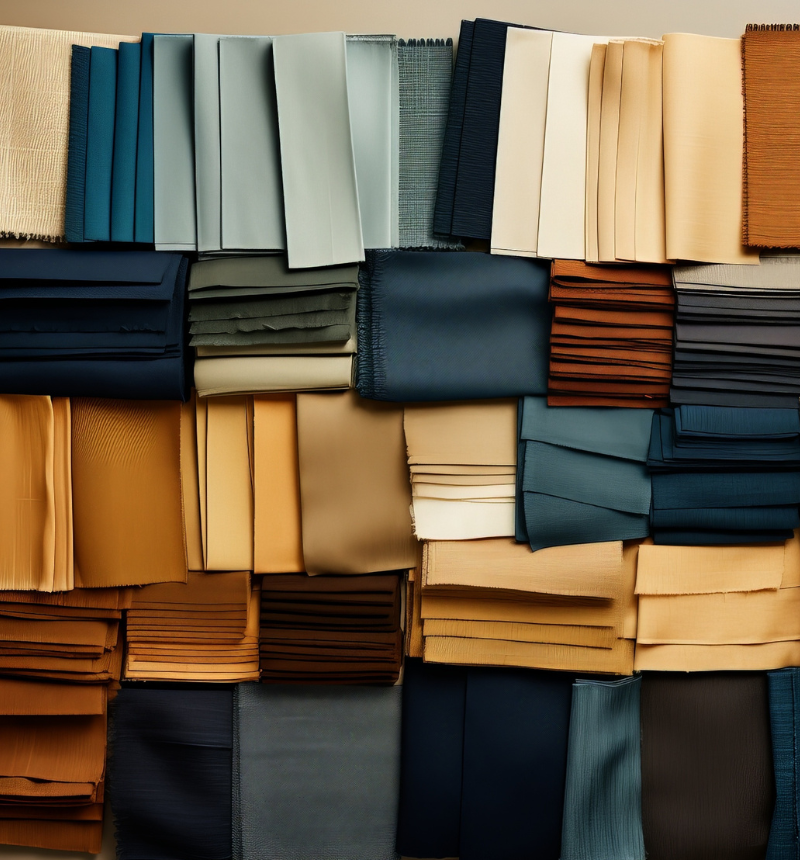
The durable properties of modal fabric combined with sustainability advantages and wrinkle resistance make this textile suitable for all types of skin. Several conditions make modal fabric suitable for contemporary clothing designs.
- Softness: The ultra-fine fibers of Modal have a smooth and silky texture that is exceptionally soft to the touch. It is gentle on the skin even after repeated washing and is perfect for undergarments, sleepwear and baby clothing. This lasting comfort and value of everyday essentials conform to the softness.
- Durability: Habitual use and multiple laundry cycles will not cause modal to age or lose its quality like standard natural or synthetic materials. Modal garments keep their form and visual appeal both during and after being wet and after multiple wears and washes.
- Eco-Friendliness: Beech trees cultivated for modal do not require irrigation or pesticide applications because they grow naturally. The manufacturing of modal utilizes closed loop systems which enable recycling of water and solvents to minimize waste production.
- Comfort: Modal serves as a hypoallergenic material which promotes breathability and makes it a suitable option for those with sensitive skin. The material consists of non-irritating smooth fibers that draw moisture away from the body to maintain both dryness and coolness. Modal rayon provides extended-lasting comfort to your skin for both workout and lounging activities.
Common Uses of Modal Fabric
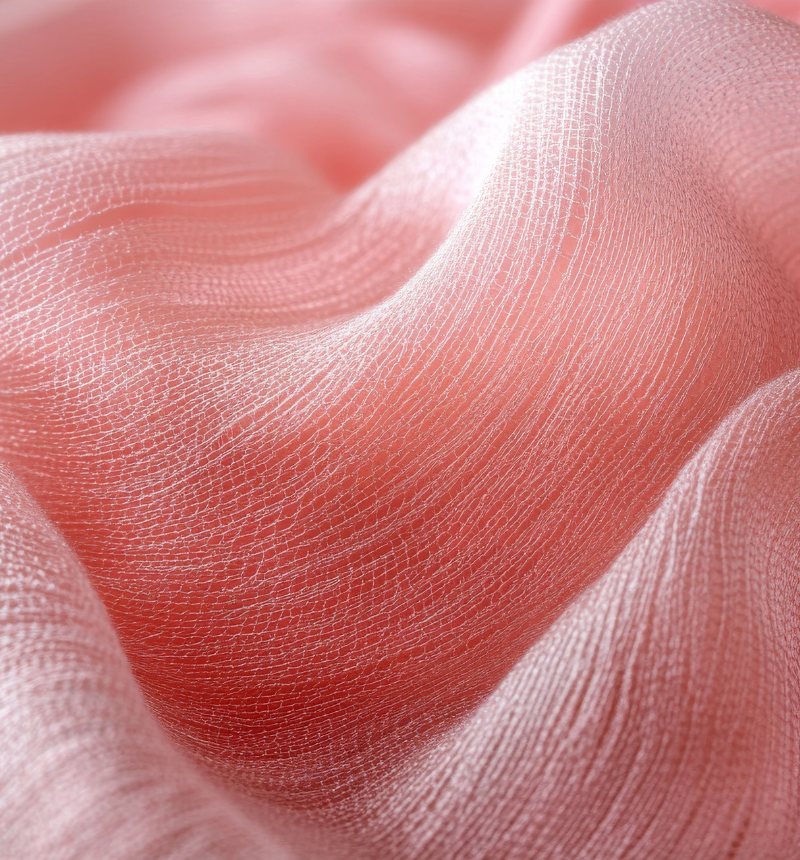
The combination of modal’s softness, durability, and its minimal use of carbon disulfide, along with its functionality makes it suitable for pretty much every type of product across a very wide range of fashion and home textiles.
In Fashion and Apparel
- T-Shirts and Tops: The soft touch and flattering drape of Modal makes it an excellent casual and premium wear, too.
- Underwear and Lingerie: It is a nice intimate wear because of its breathable fabric, stretch, and moisture-wicking properties.
- Activewear and Yoga Pants: The combination of modal with spandex enhances comfort while exercising while also helping the body control sweat.
- Sleepwear and Loungewear: The fabric blends do an excellent job of remaining light yet actively regulating heat flow to boost relaxation and comfort.
In Home Textiles
- Bed Sheets and Pillowcases: Modal sheet materials provide comfort because they breathe well and feel soft.
- Towels and Bathrobes: Due to its high usage capability and rapid drying time, household items benefit from its application.
- Curtains and Upholstery: Interiors achieve elegance by using curtains with quality draping and smooth upholstery materials.
Why Modal Is Preferred for These Uses
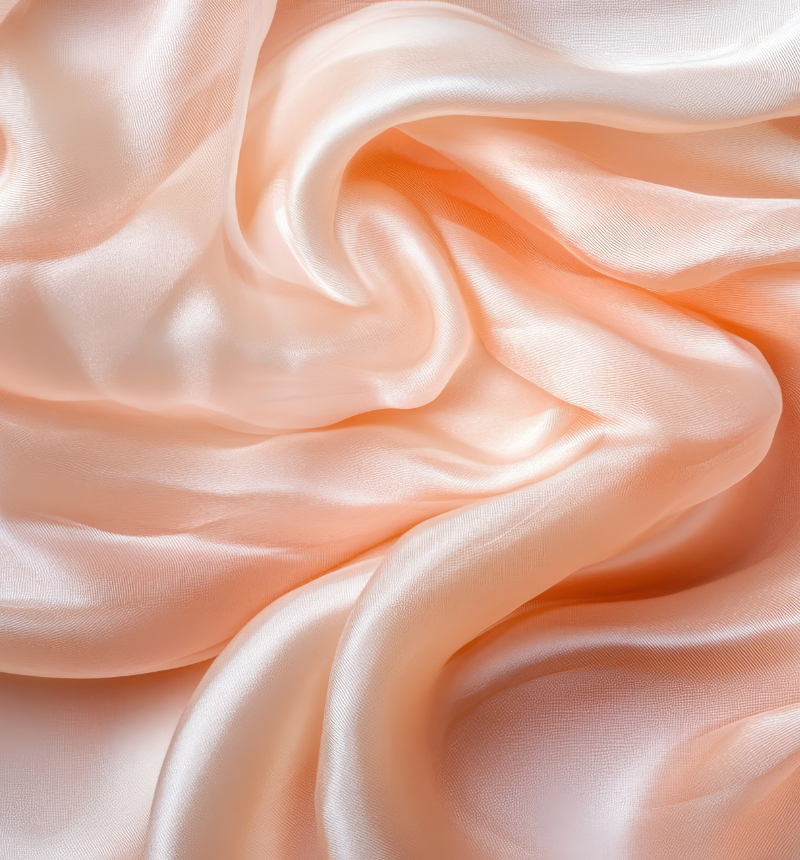
The comfort Modal offers in essential areas makes customers develop a passionate attachment to this fabric. The dual function of moisture absorption and skin ventilation maintains customer comfort because it both cools them down and keeps them dry.
Modal delivers comfort alongside freshness and support to users who use it for home relaxation or to stay active during daytime activities. The unique characteristics of Modal attract customers because they repeatedly choose to buy from these brands.
How to Care for Modal Fabric
One of modal’s biggest praises is its performance as a luxury fabric with almost no maintenance, requiring less water in its production .
- Washing: People should wash their modal clothing on a gentle machine cycle at temperatures between cold and warm, which are below 40°C/104°F. They should use a mild detergent free of bleach. A gentle, bleached detergent solution paired with cold water will adequately clean and extend the lifespan of the fabric.
- Drying: Air drying is ideal for quality preservation however, low-heat tumbling can provide appropriate results as well. High temperature exposure causes deterioration of the fabric fibers.
- Ironing and Maintenance: The natural aging process does not introduce wrinkles to Modal fabrics yet moderate heat from an iron will work for pressing. Multiple wash cycles do not impact either the shape or surface characteristics of other rayon fabrics.
Is Modal Fabric Sustainable?
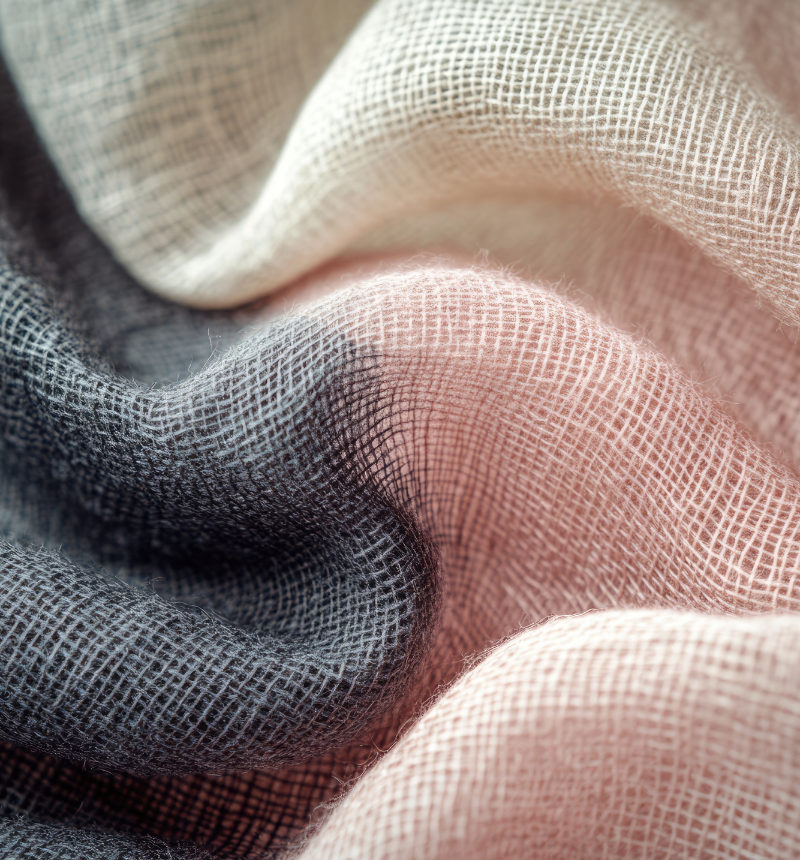
Today, sustainability is given major consideration by both manufacturers and consumers in the modern textile industry, especially regarding materials sourced from renewable forests . Below, we go into details about the core aspects that make modal an eco-friendly fabric.
- Renewable sourcing: It is made from fast-growing beech trees that regrow without artificial irrigation. Compared to cotton, the cultivation and harvesting process of the hemp plant is low impact.
- Efficient production: The modal is chemically processed to consume the least amount of waste possible. The solvents and water used most often can be recovered and reused, resulting in much less pollution and energy usage.
- Biodegradability: The materials break down through industrial composting processes, which synthetic textiles do not. The solvent system provides adaptability by sustaining continuous product cycles, which minimizes waste generated from consumer use.
- Ethical assurance: The certification of Modal under recognized environmental frameworks confirms its safety standards for people as well as for the planet. Suzhou Yanmao obtains modal fabrics from dependable vendors who meet our stringent ethical and environmental requirements.
Conclusion
Today’s customers benefit from Modal fabric through its comfort features, performance attributes, and sustainable qualities. The material provides an exceptional combination of softness and durability in addition to exceptional moisture resistance without harming human skin or environmental health.
The production of Modal happens through sustainable beechwood procurement alongside minimal impact procedures. Modal fabric meets all requirements of contemporary lifestyles along with conscious consumer values.
The material properties of Modal assure excellent performance in all of its applications, which include fashion items, household textiles, and sports apparel. This sustainable material keeps its breathability and requires straightforward care while covering a broad range of product types, making it adaptable for both humans and a wide variety of merchandise.
The material provides brands, as many rayon manufacturers have noted, with essential solutions to meet growing market needs for environmentally friendly products that last and resist deterioration.





